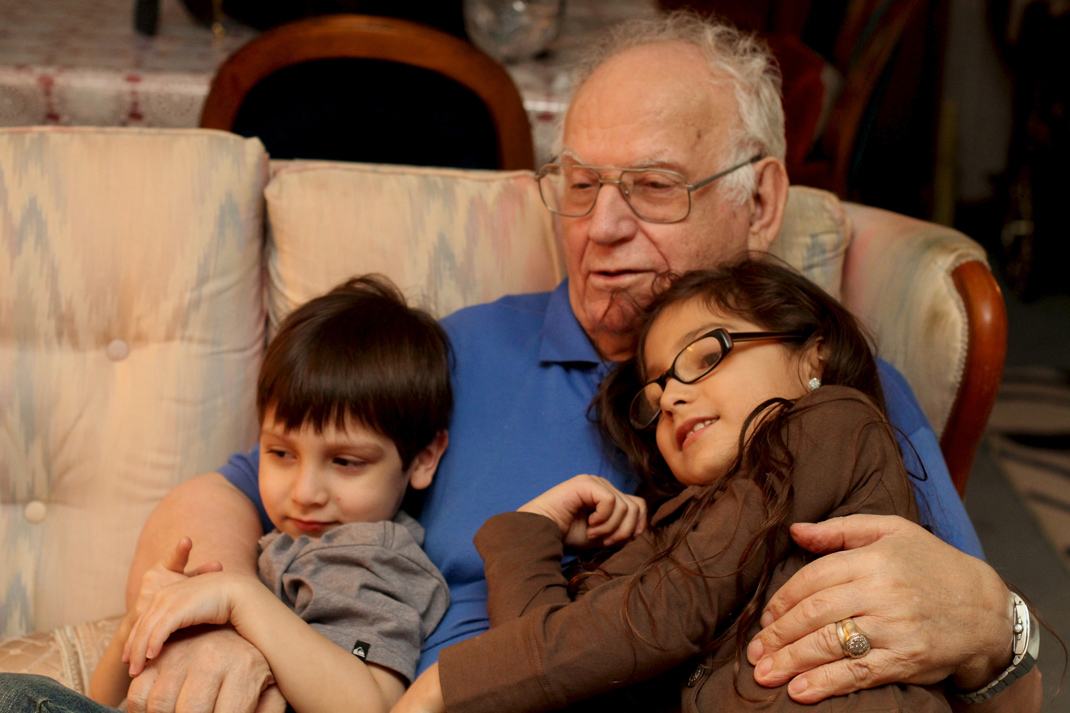An equity release mortgage allows you to borrow the equity or cash in your home while you still live there. The most popular type of equity release is the reverse mortgage. Repayments do not have to be made until you die or move into long-term care. Then the loan must be paid out in full, usually out of the proceeds of the sale of the property. If you are 60 years or older and own your home, you can borrow between 15% and 45% of the value of your property.
Reverse mortgage is suitable for retirees who own their home but do not have enough cash for living expenses, Baby Boomers seeking to retire in the next five years or younger borrowers looking to upgrade their properties. It is also worth considering if you can look at reverse mortgages as a form of superannuation or paying for retirement.
Benefits
You have access to funds, still live in your own home and retain ownership. You are not solely reliant on a pension or superannuation policy.
Considerations
Reverse mortgages are generally more expensive than traditional loans and can be restrictive. Because you are not making regular repayments each month, you are not reducing your debt but accumulating interest.
To protect yourself, you need to get a “no negative equity guarantee” from your lender. Members of the Senior Australian Equity Release Association of Lenders (SEQUAL) are required to offer this assurance. It is vital to get independent legal advice before taking up this type of mortgage and to check with Centrelink in case it affects your pension.
You may also want to discuss this opinion with your family.


